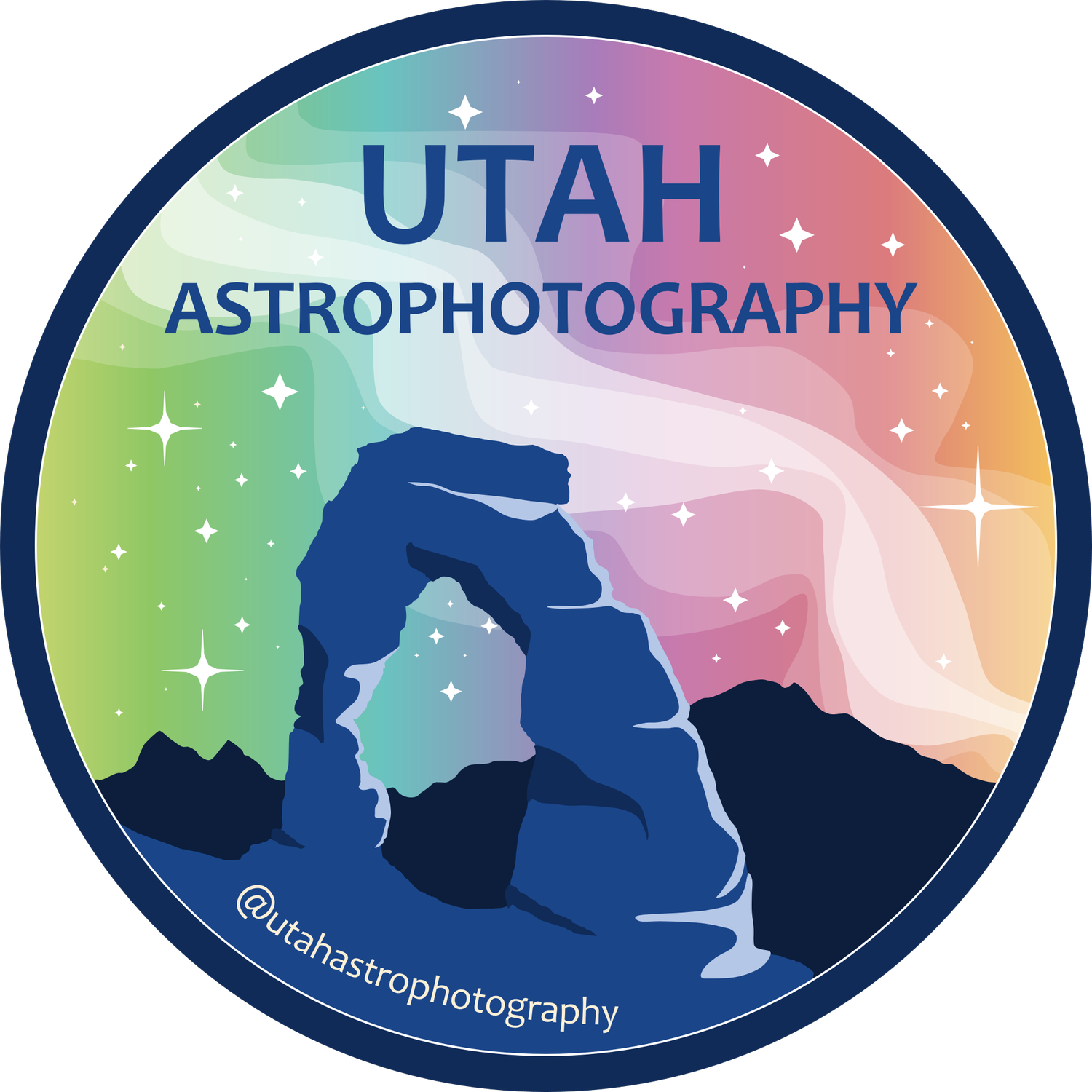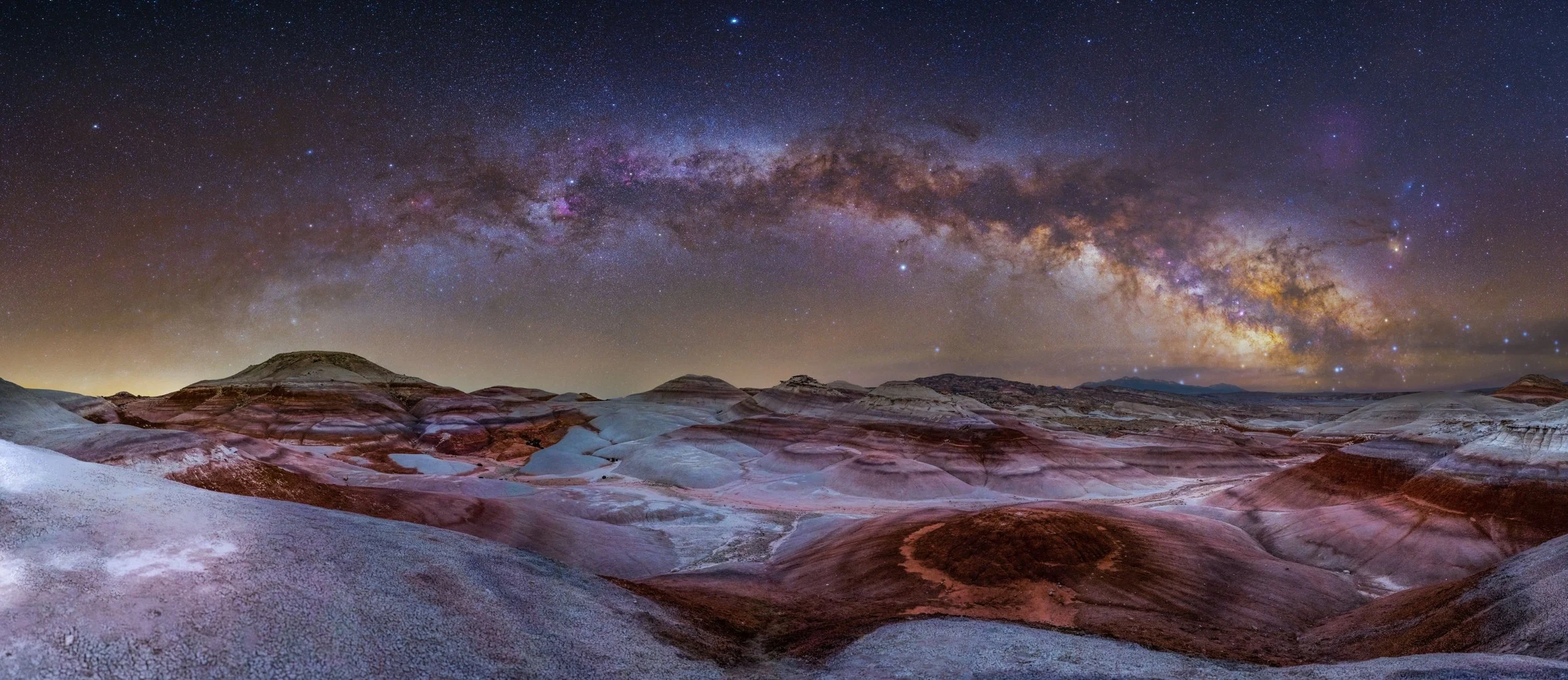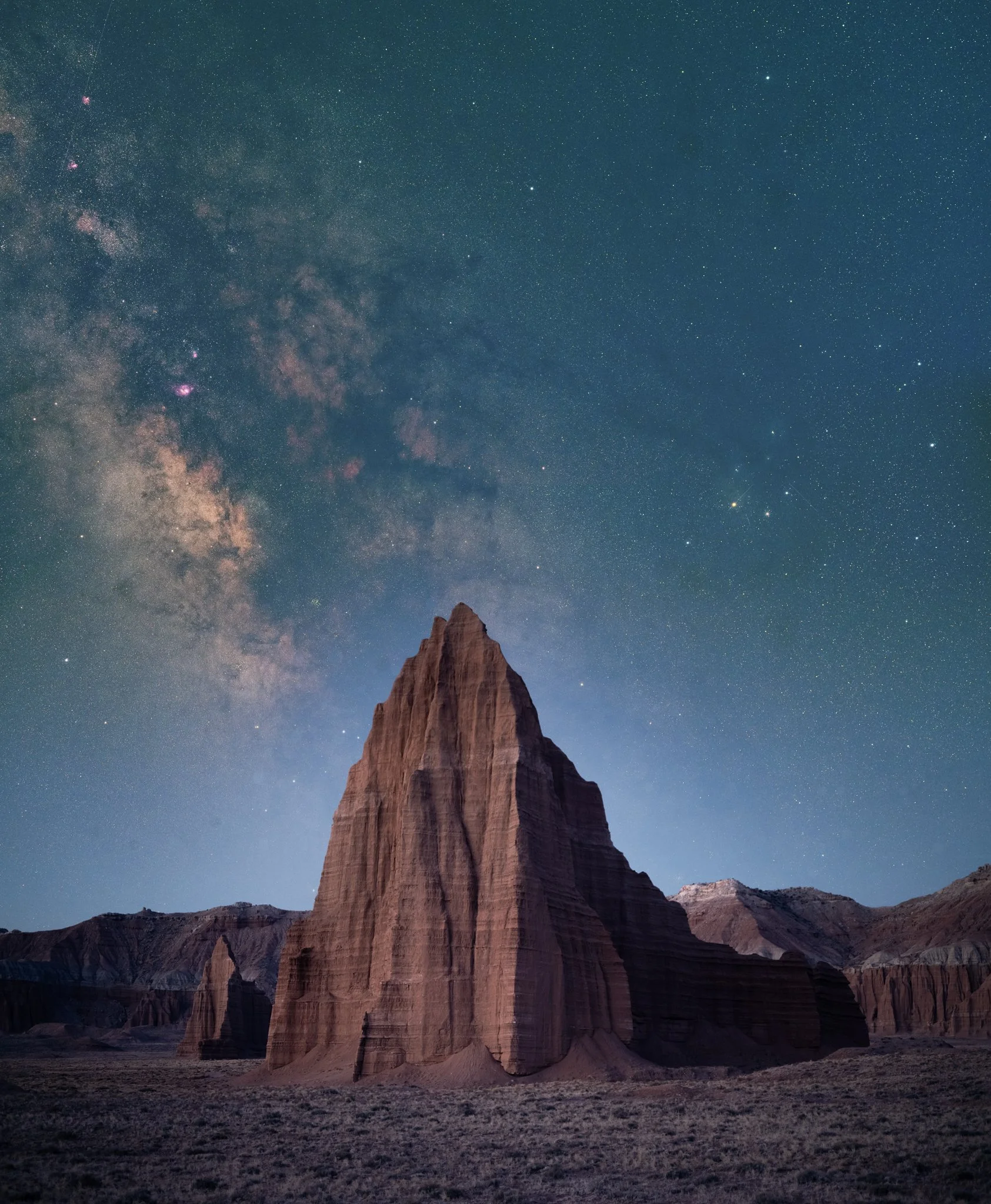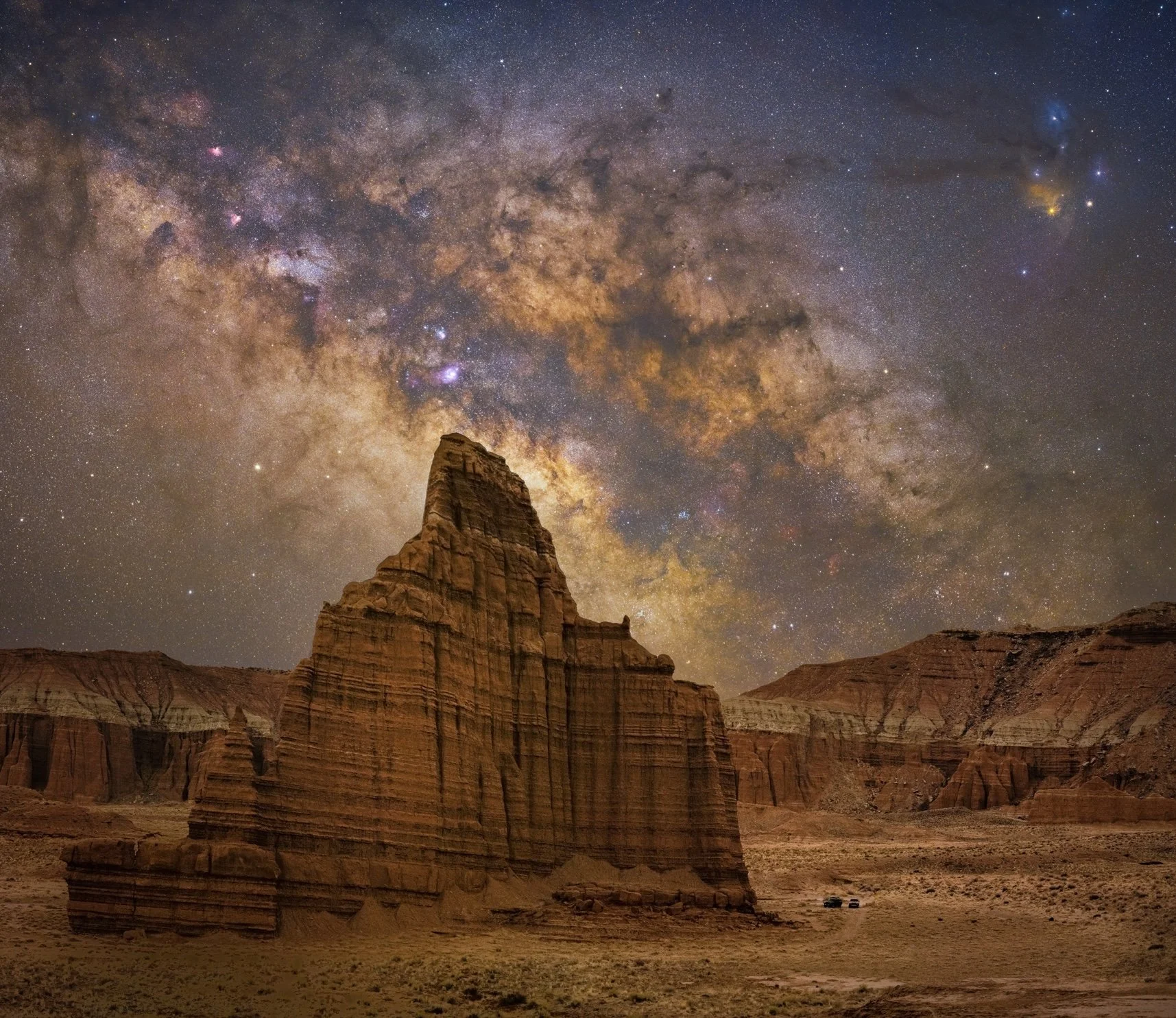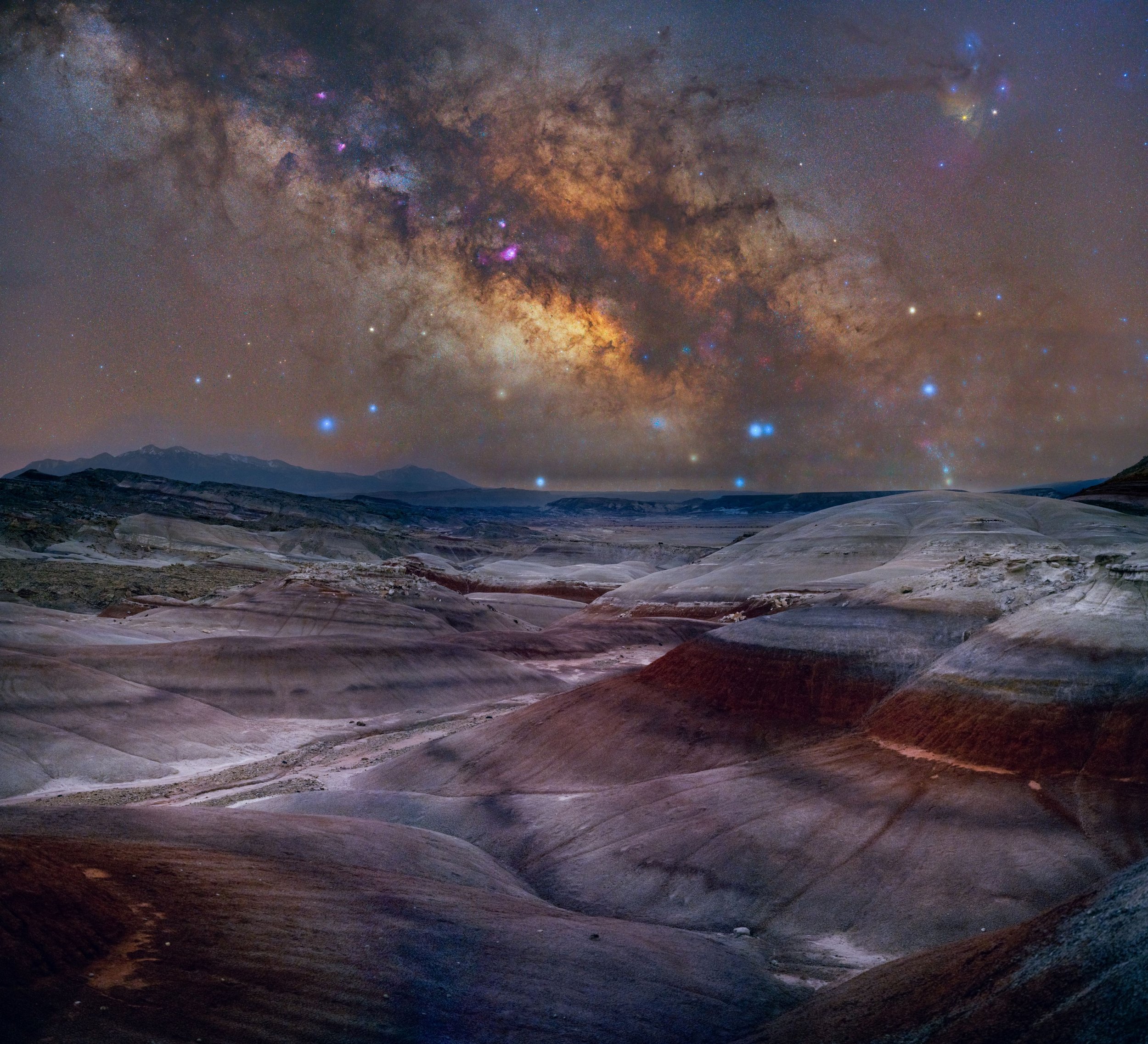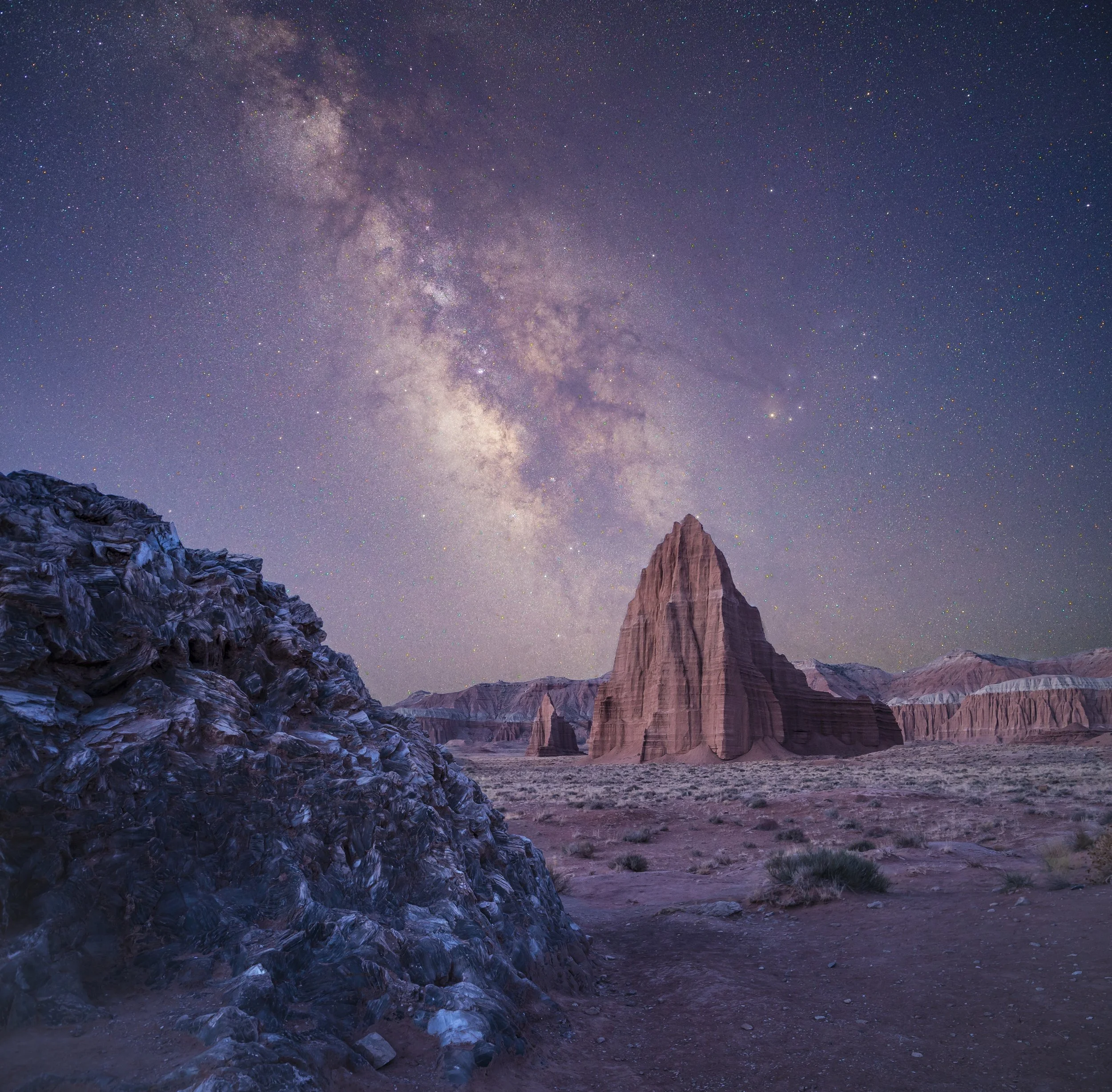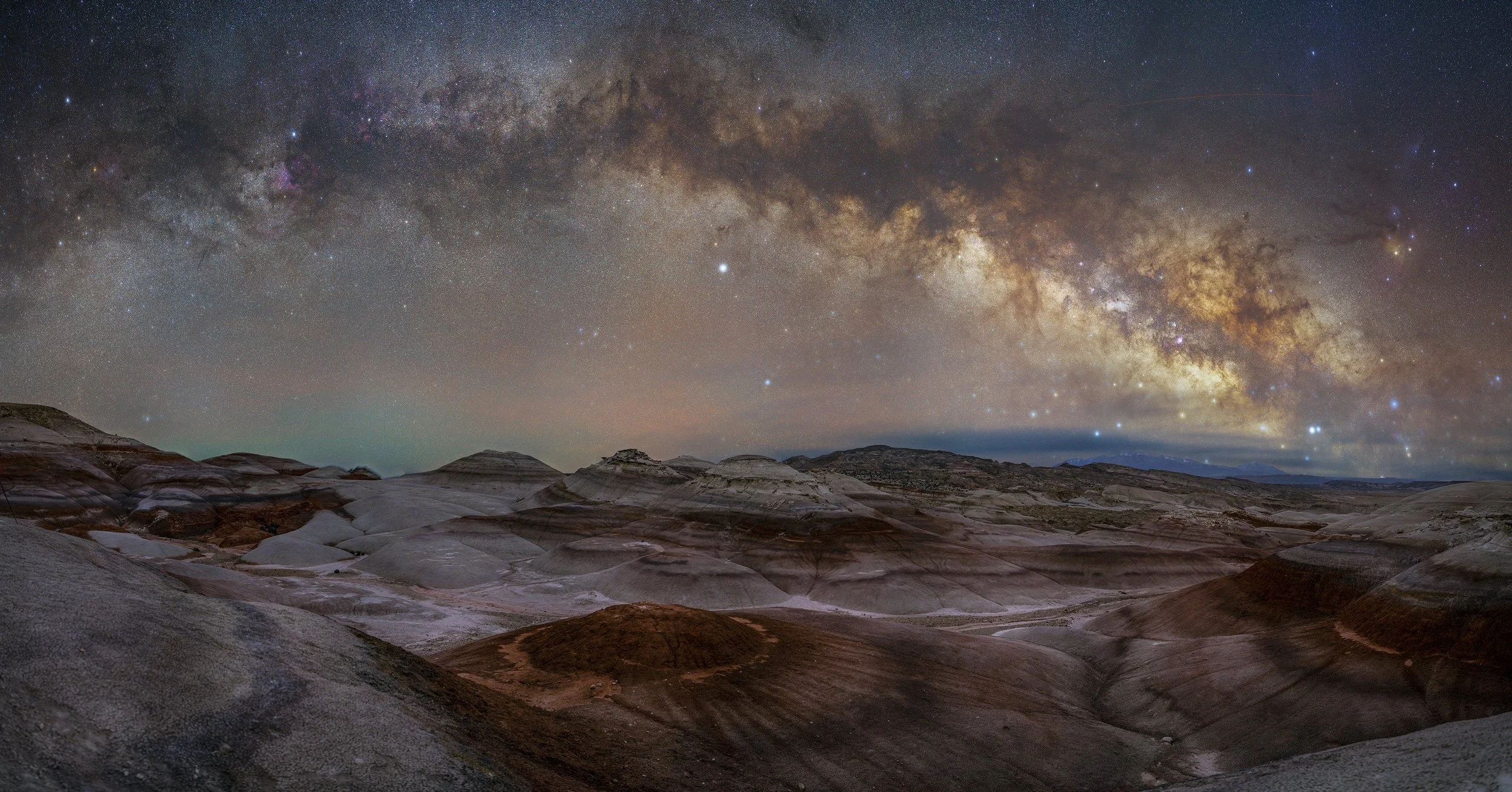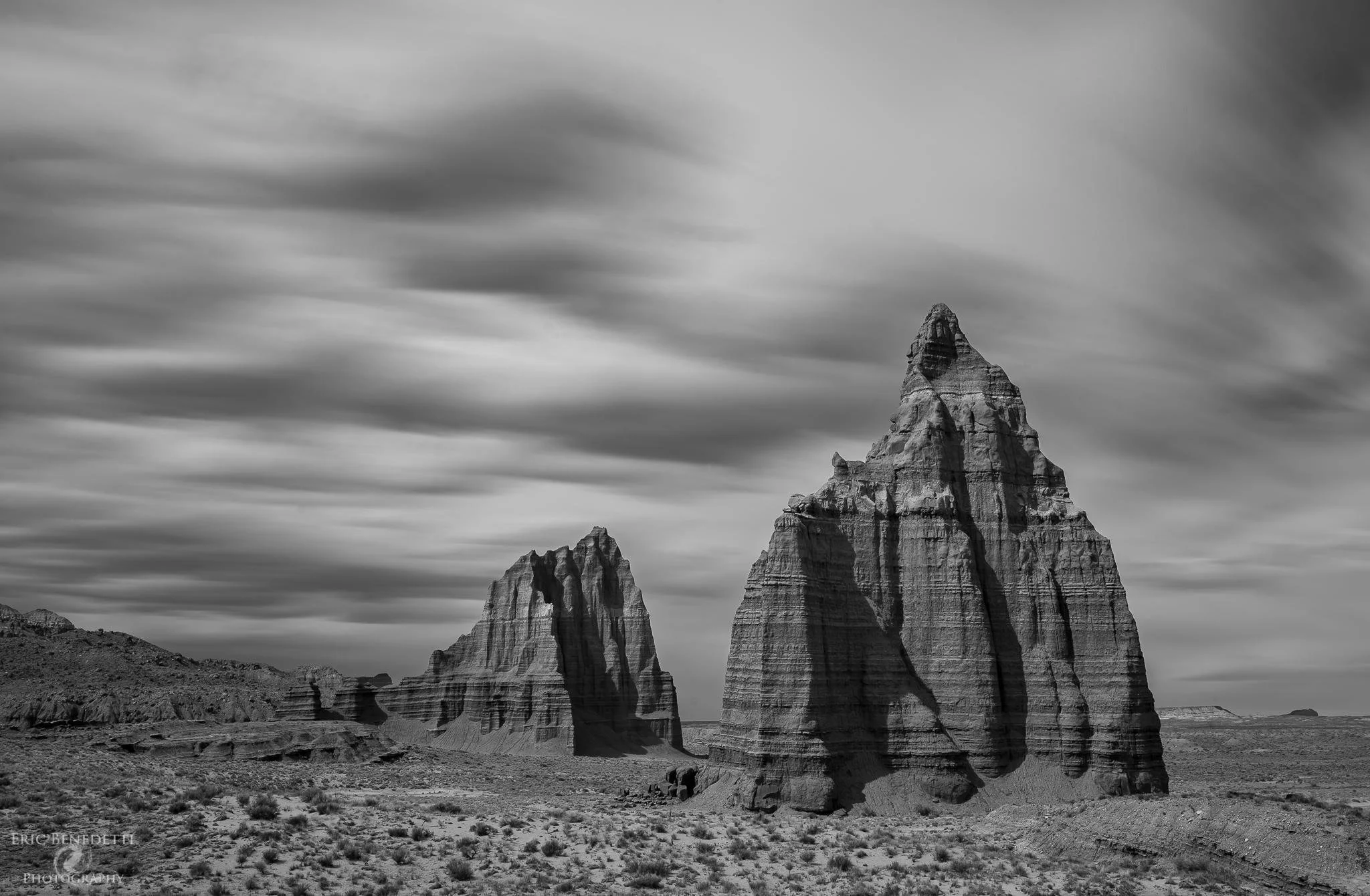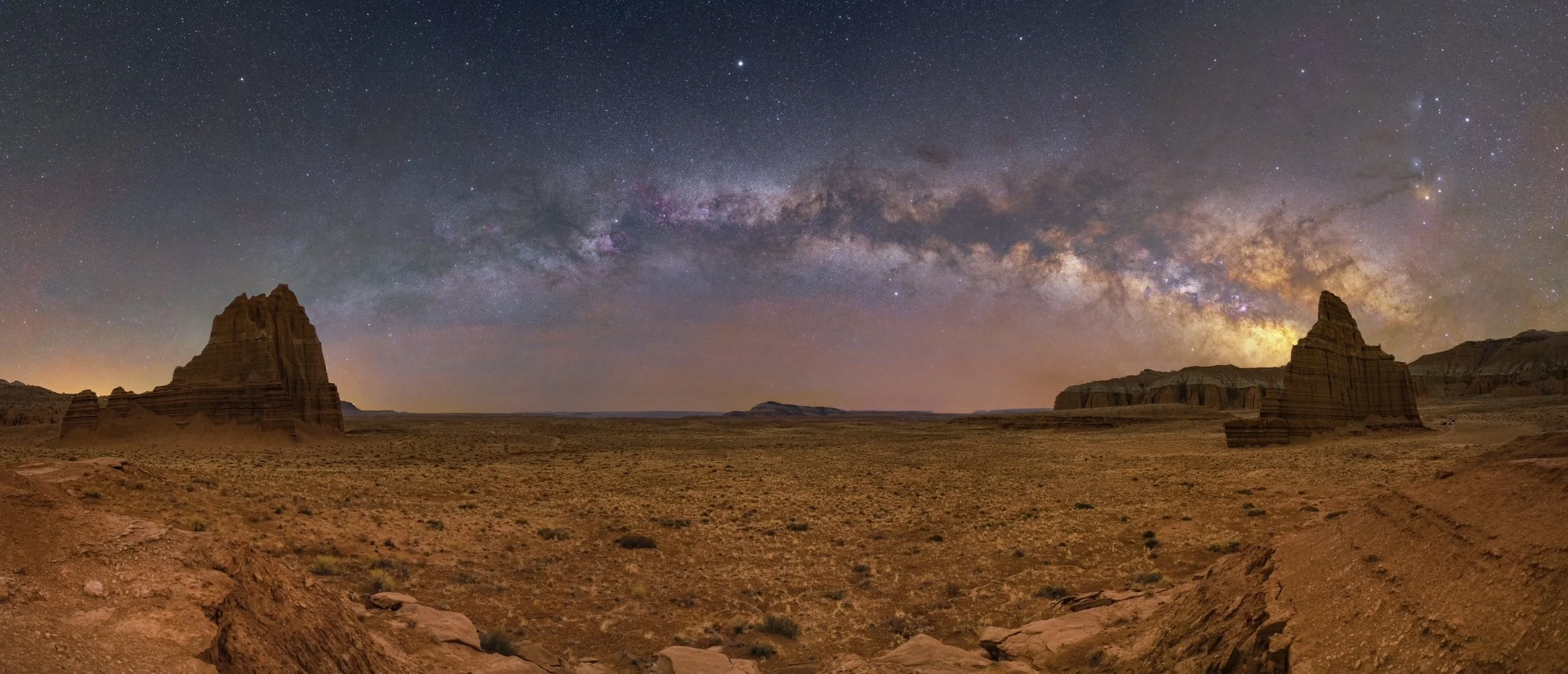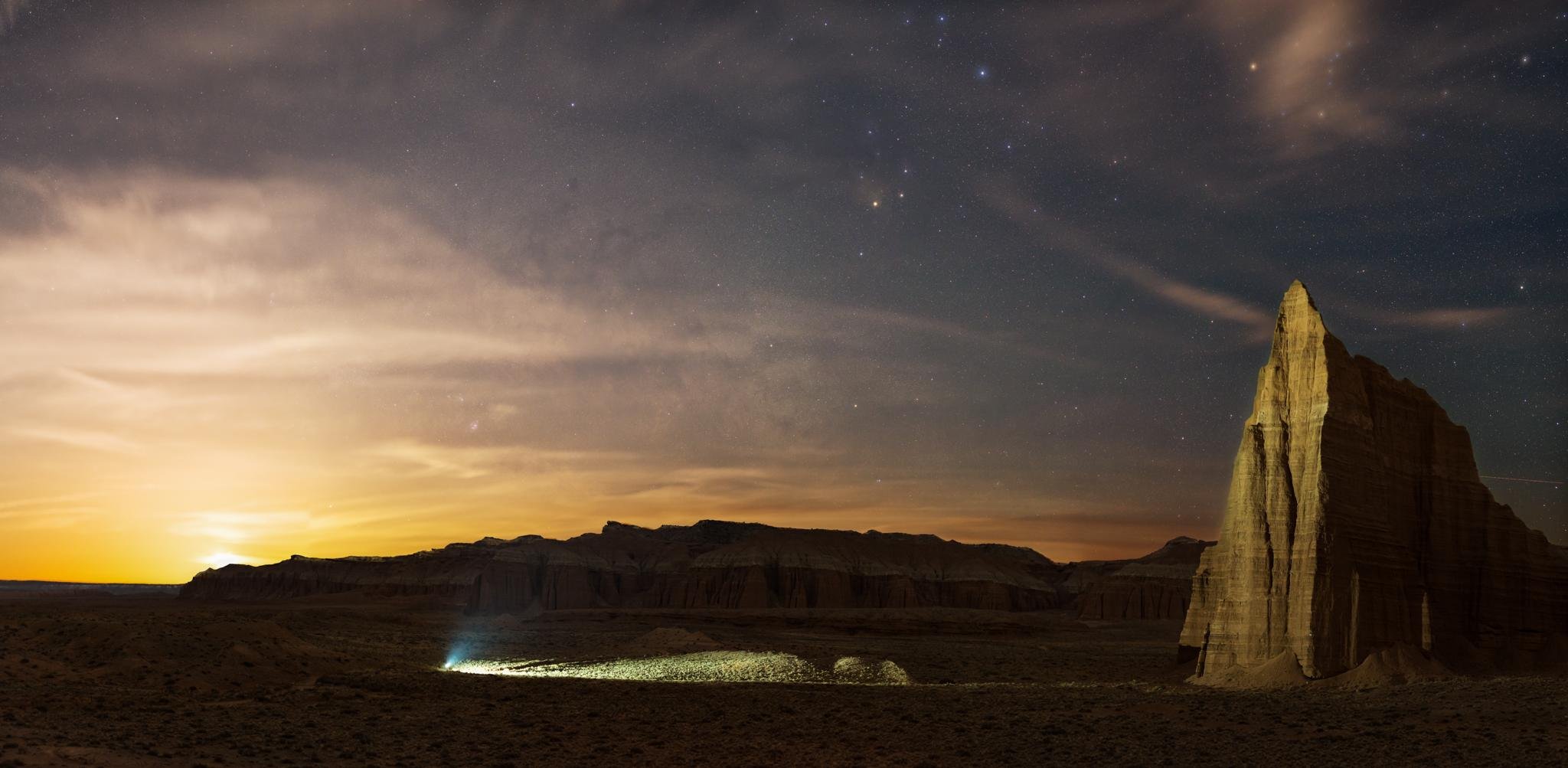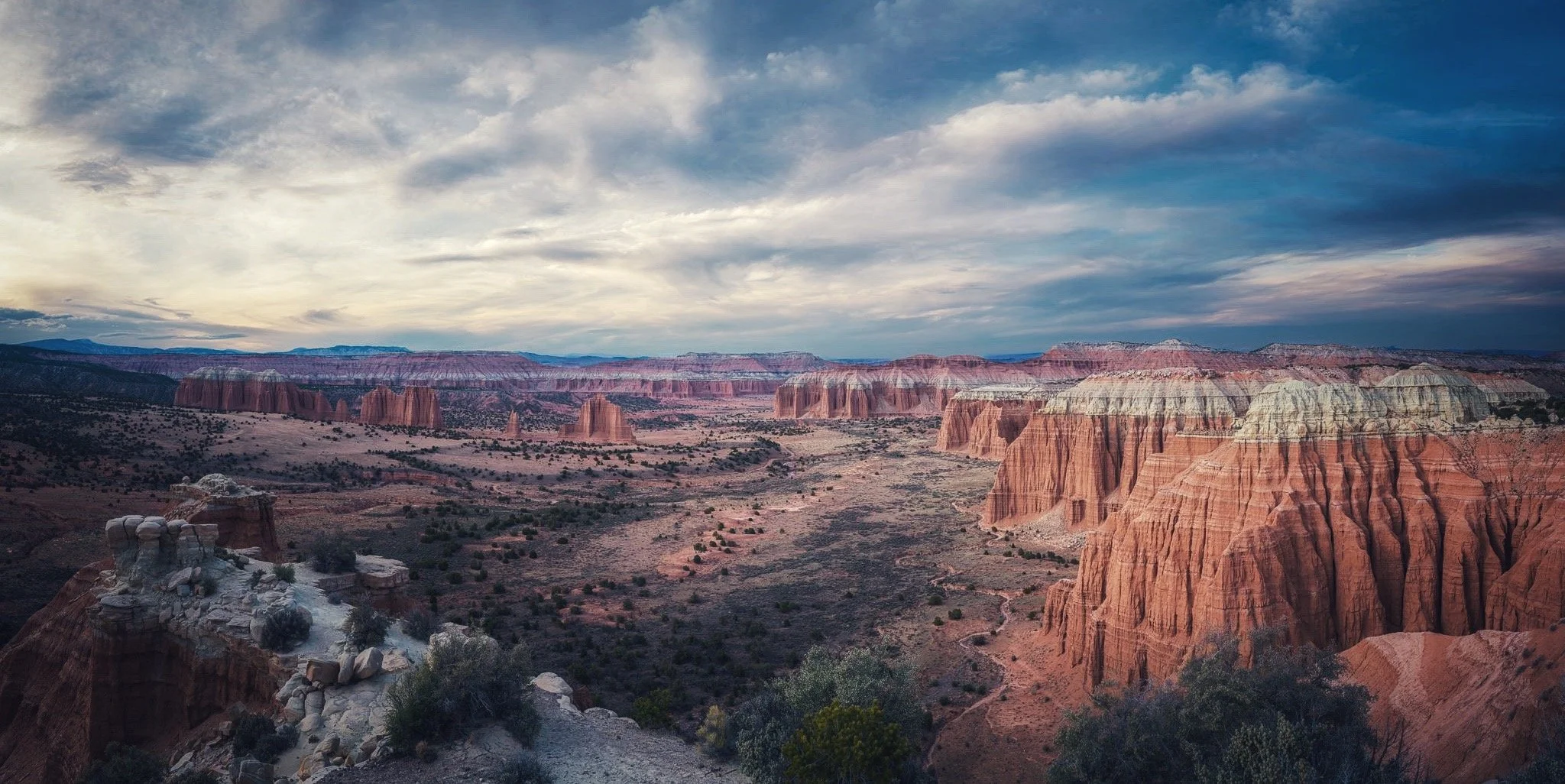
CAPITAL REEF
Geological History:
Capitol Reef’s defining geological feature is the Waterpocket Fold, a classic monocline that extends nearly 100 miles. This fold is a type of structural deformation in the Earth’s crust that occurred approximately 50-70 million years ago during the Laramide Orogeny, a period of significant mountain building in the western United States. The fold has exposed a cross-section of nearly 200 million years of Earth’s history, showcasing layers of sedimentary rock that were deposited in various environments, from shallow seas to deserts.
The park’s stratigraphy reveals layers of sandstone, shale, and limestone, with notable formations including the Navajo Sandstone, famous for its massive sand dunes solidified into rock, and the Wingate Sandstone, known for its cliffs and ledges. Erosional processes, including water and wind erosion, have sculpted the landscape into a myriad of canyons, arches, and distinctive rock formations, such as the Capitol Dome, which resembles the U.S. Capitol building, and the Hickman Bridge, a natural arch.
Anthropological History:
The human history of Capitol Reef spans thousands of years, with evidence of Paleo-Indian hunters and gatherers from as early as 10,000 years ago. These early inhabitants left behind rock art panels, including petroglyphs carved into rock walls, which depict ancient lifeways and cosmologies.
Later, the Fremont Culture, flourishing in the region from approximately AD 600 to 1300, left a more substantial archaeological footprint. The Fremont people practiced agriculture, growing maize, beans, and squash along the riverbanks, and they constructed pit houses and granaries. Their rock art, pottery, and other artifacts suggest a society that was both hunter-gatherer and agriculturalist, adapting to the arid environment of the region.
European and American explorers, trappers, and missionaries began to traverse the area in the 18th and 19th centuries, but it was not until the late 19th century that Mormon pioneers settled in the region. They established small communities, orchards, and farms, utilizing the water resources for irrigation. The town of Fruita, now within the park boundaries, is one of the most well-preserved examples of these early settlements, with several original buildings and orchards still standing.
The designation of Capitol Reef as a national monument in 1937, and later as a national park in 1971, has helped to preserve both the natural and anthropological history of this unique area. Today, Capitol Reef National Park offers visitors a glimpse into the deep time of the Earth’s geological history, as well as the human stories that have unfolded in this dramatic landscape.
Bry: Bentonnite Hills
Bry: Noisy Bentonnite Hills
Bry: Temple of the Moon
Bry: Temple of the Moon
Bry: Temple of the Moon
Bry: Bentonnite Hills
Eric: Temple of the Sun and the Gypsum Mound
Eric: Bentonnite Hills
